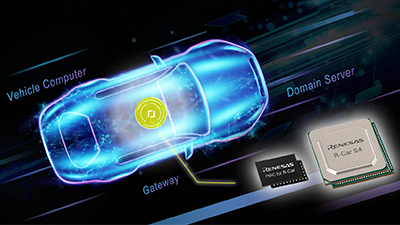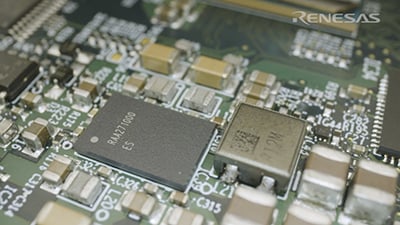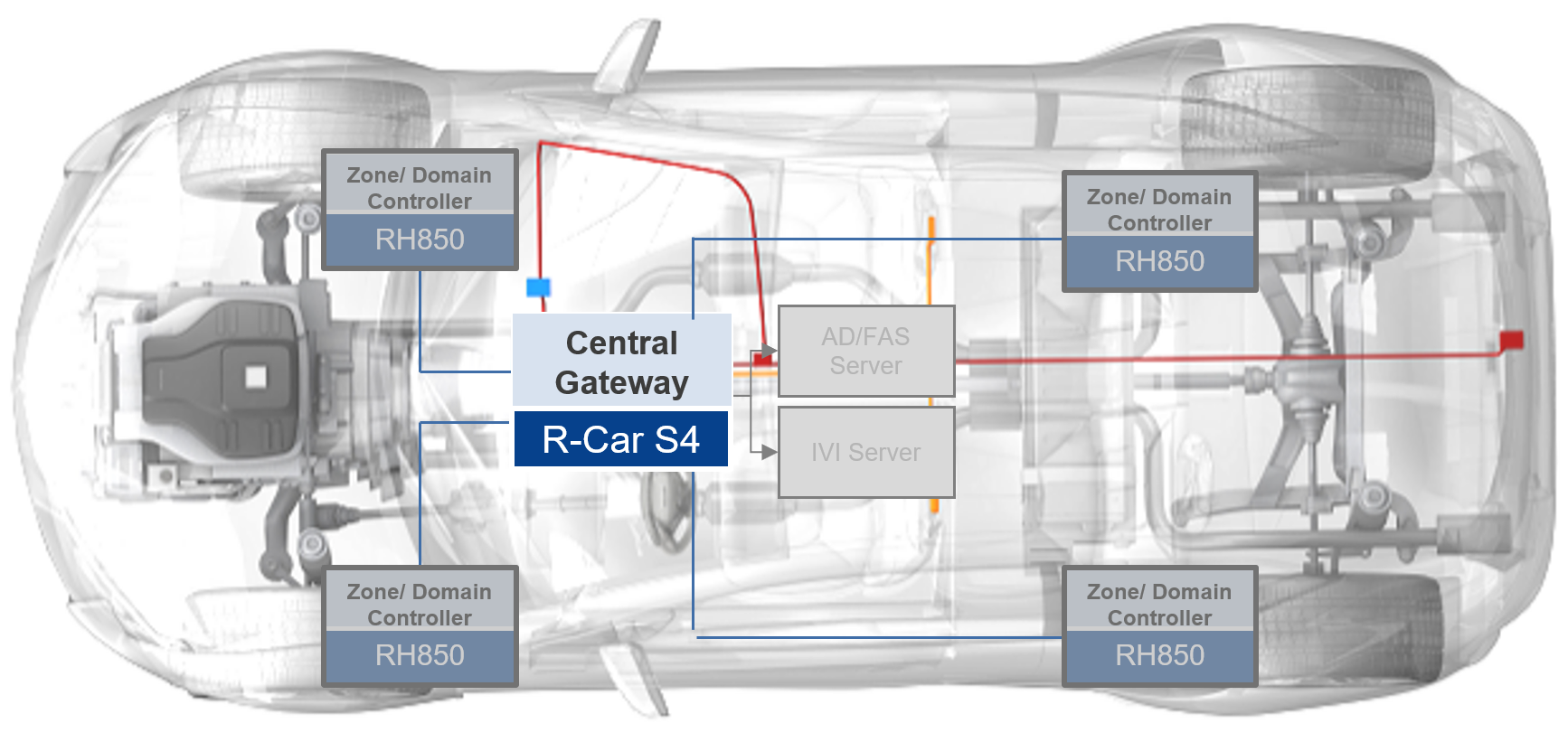Background
Innovative gateway solution satisfies stringent technical demands, speeding up development
The manufacturer featured in this case study was collaborating with a car manufacturer on research into electrical/electronic (E/E) architecture for use in next-generation connected cars. While the manufacturer began work on a microcontroller-based gateway solution, it subsequently realized that such a solution would make it difficult to deliver the required performance, and was therefore forced to rethink its development strategy.
Problem
High-Spec Design Anticipated Future Technological Advancements but Cost an Issue
The leader of the joint project explains how the development of the gateway solution came to hit a snag:
"The E/E architecture needed to be compatible with the connected services of the future, enable functions to be integrated and wiring harnesses simplified, and contribute to the reduction of vehicle weight. It was thought that the distributed architecture prevalent at the time would soon become more centralized, and eventually evolve into zone architecture. While we began the development process with the aim of creating a centralized architecture, we really wanted a specification that would also be compatible with future zone architectures."
However, a solution that was capable of delivering real time processing, functional safety, and security all in one package was elusive. A fivefold increase in processor capability, ethernet that could handle gigabit data transfer speeds, and enhancements in functional safety were all imperatives. At the same time, the team also needed to consider the expandability and longevity of hardware and software in preparation for future advancements. However, after beginning the development process, the team realized that it would be difficult to develop a gateway from scratch that conformed to these specifications. They considered a ready-developed, microprocessor-based gateway solution that was inspired by competitors’ products, but later decided against it after realizing that it would be difficult to balance performance against cost within the required release schedule.
"Gateway solution issues thus created a bottleneck that put the project on hold for around six months," explains the project leader.
The project leader says he hoped that the constantly evolving field of car electronics would deliver a technological innovation that could solve this issue. It was in these circumstances that a member of the team who had been gathering information came across a press release for a new product.




